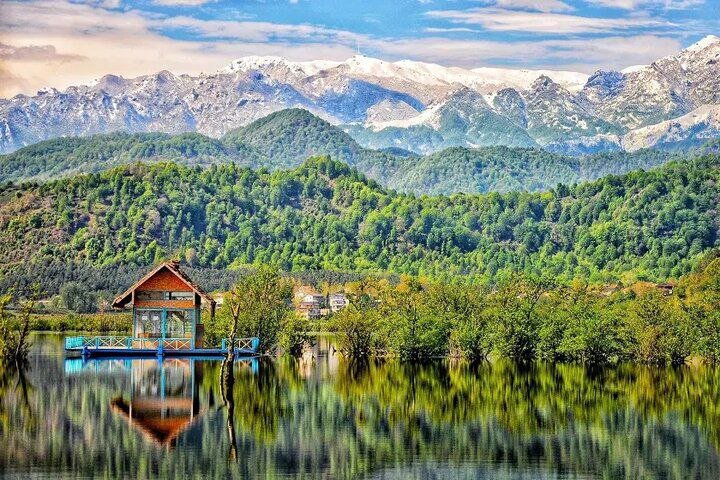World Wetlands Day: ‘Protecting Wetlands for our common future’

TEHRAN – Celebrated on the second day of February every year, the World Wetlands Day to raise awareness about wetlands, and increase people’s understanding of these critically important ecosystems.
‘Protecting Wetlands for Our Common Future’ is the theme for World Wetlands Day 2025.
Wetlands are ecosystems, in which water is the primary factor controlling the environment and the associated plant and animal life. A broad definition of wetlands includes both freshwater and marine and coastal ecosystems, such as all lakes and rivers, underground aquifers, swamps and marshes, wet grasslands, peatlands, oases, estuaries, deltas and tidal flats, mangroves and other coastal areas, coral reefs, and all human-made sites such as fishponds, rice paddies, reservoirs and saltpans.
These lands are critical to people and nature, given the intrinsic value of these ecosystems, and their benefits and services, including their environmental, climate, ecological, social, economic, scientific, educational, cultural, recreational and aesthetic contributions to sustainable development and human wellbeing.
Although they cover only around 6 per cent of the Earth’s land surface, 40 per cent of all plant and animal species live or breed in wetlands. Wetland biodiversity matters for our health, our food supply, for tourism and for jobs.
Wetlands are vital for humans, for other ecosystems and for our climate, providing essential ecosystem services, such as water regulation, including flood control and water purification. More than a billion people across the world depend on wetlands for their livelihoods – that’s about one in eight people on Earth.
Nearly 90 percent of the world’s wetlands have been degraded since the 1700s, and we are losing wetlands three times faster than forests. It is essential to raise national and global awareness about wetlands in order to reverse their rapid loss and encourage actions to conserve and restore them.
Wetland conservation project lowers irrigation water consumption
On December 10, 2024, Mehri Asna-Ashari, an official with the DOE, said the conservation project of Iranian wetlands has resulted in a 27.5 percent decrease in irrigation water consumption while increasing agricultural products by 22.5 percent.
“Currently, 49 wetlands, covering around 22 percent of the whole wetlands in the country, are being conserved in the form of native ecosystem management partnership,” IRNA quoted Asna-Ashari as saying.
She made the remarks at the meeting of the steering committee of the international project for the conservation of Iranian Wetlands.
Since 2021, the conservation project has been carried out in three wetlands including Shadegan in Khuzestan province, Bakhtegan in Fars province, and Urmia in West Azarbaijan province, the official noted.
Sustainable farming methods were implemented and 2,433 farmers were trained. By February 2024, the results showed that average agricultural production increased by 22.5 percent, whereas irrigation water consumption reduced by 27.5 percent. In addition, the consumption of chemical fertilizers decreased by 25 to 30 percent. Consequently, the income of each farmer increased by 14 percent.
The establishment of 26 non-governmental organizations (NGOs), and 181 livelihood support groups, and the implementation of alternative livelihood plans in 44 villages are some of the other achievements of the project, she added.
The official went on to say that “in 2024, the project was implemented with a budget of 678,000; we hope the project further yields positive outcomes with the allocation of the new budget. Of course, the financial contribution of the government was received with a little delay and insufficiently.
To implement the project more successfully, the Ministries of Agriculture, Energy, Interior, Foreign Affairs, as well as Planning and Budget Organization, and the United Nations Development Program are required to cooperate with each other,” Asna-Ashari noted.
In Iran, 141 wetlands with ecological value with an area of over 3 million hectares have been identified, of which 25 wetlands are designated as wetlands of international importance (registered in the Ramsar Convention) covering more than 1.4 million hectares and four sites are biosphere reserves.
